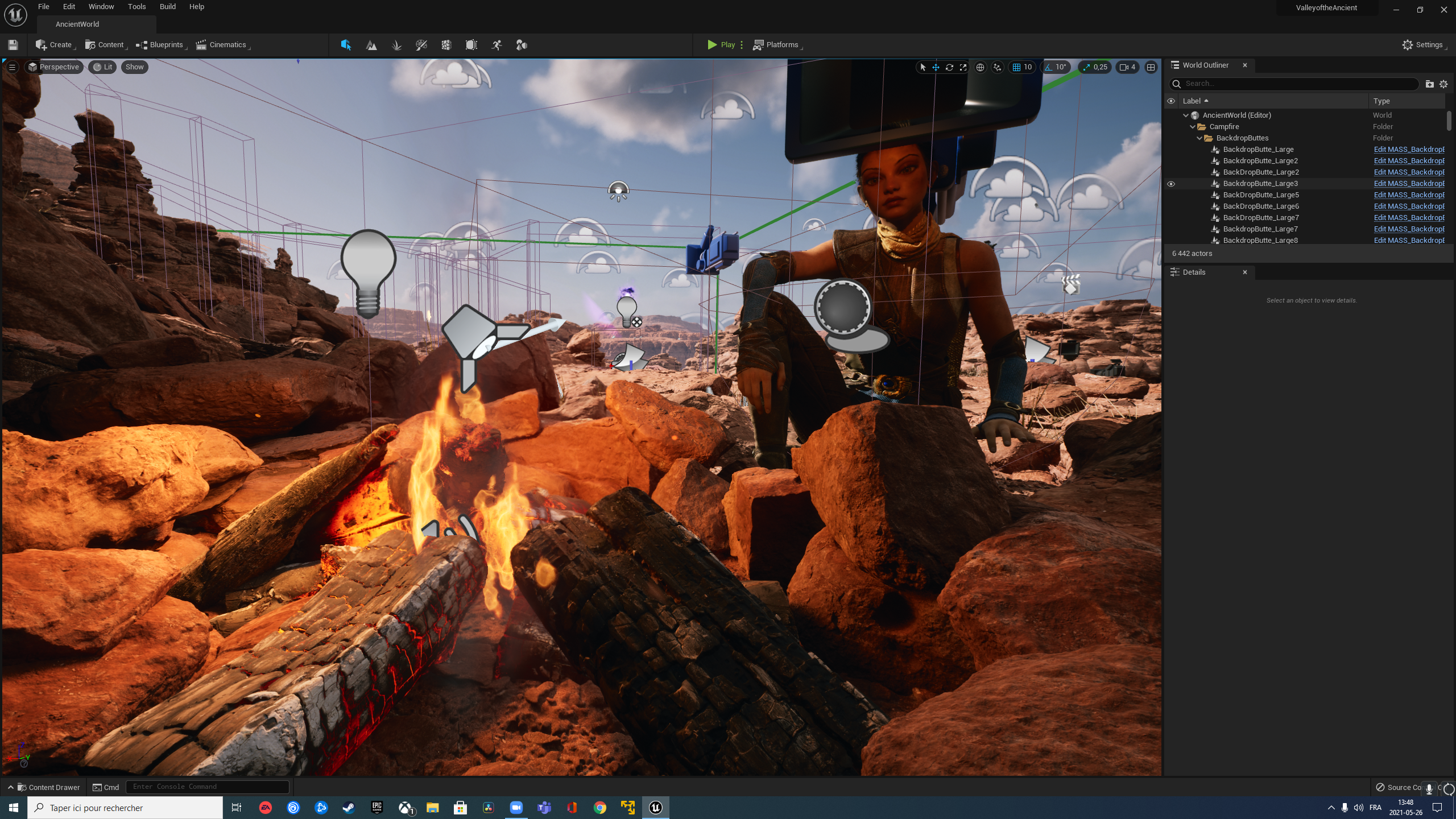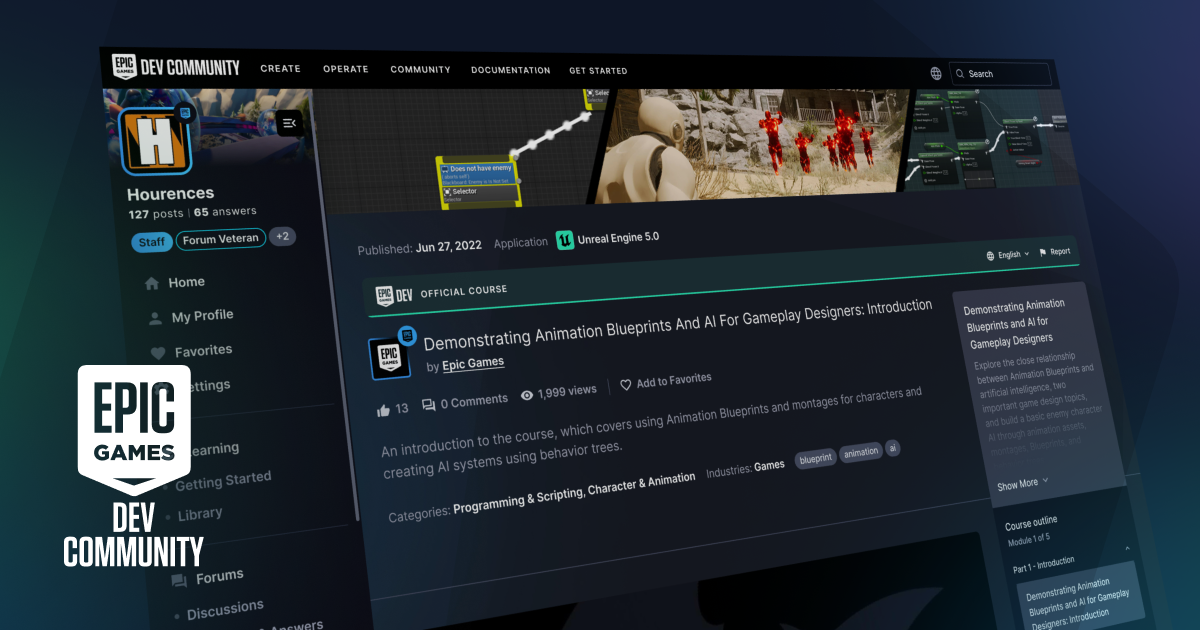Combing over the documentation right now and both Nanite and Lumen are quite limited at this point:
There aren't that many use cases where you could make games with interesting game design and be constrained to Lumen and Nanite. While it may be true that over 90% of the geometry in a given scene uses rigid bodies, that doesn't mean that it represents 90% of geometry that the player will notice or interact with, and honestly highlighting how nanite can virtualize what is essentially environment geometry comes across as a bit dismissive regarding the relevance of the use of soft bodies in many video game scenarios, not to mention organic environments in different climates/biomes that just wouldn't be work well if they were restricted to rigid body geometry (hence the new demos showing same barren landscapes they showed before).
No forward rendering support is also disappointing but expected. I know most devs use deferred these days but it's still nice to have options, especially if transparency/translucency is gonna be prominent in a project's scenes.
No two-sided materials is unfortunate as well considering how many artist tricks are reliant on such behavior.
I hope the screen tracing does a good enough job of compensating for the shortcomings of the proxy meshes because they don't look anywhere near the quality of the original meshes.
So yeah, while I'm excited for the potential of this engine, I do not foresee many games this generation making exclusive use of Nanite and Lumen for geometry and lighting respectively.
There's a lot to like about UE5 though. It's very, very accessible and the workflow is painlessly streamlined. Couldn't ask for better on that front.






